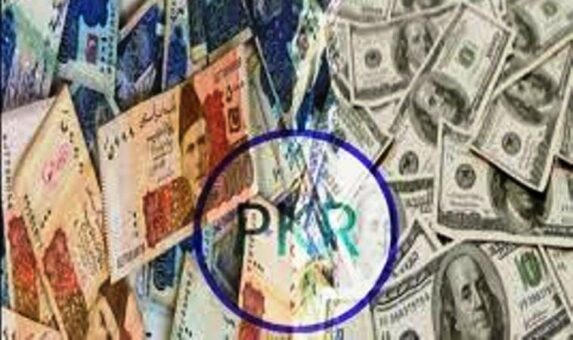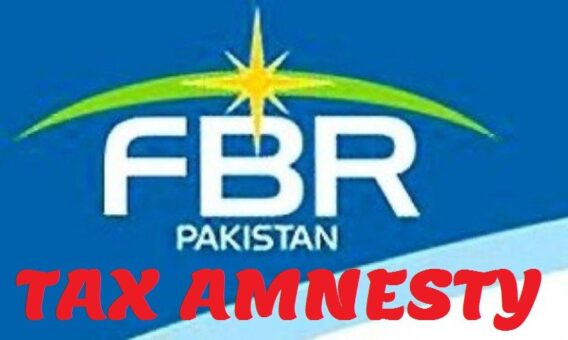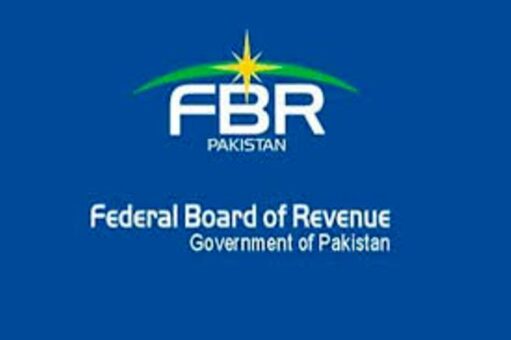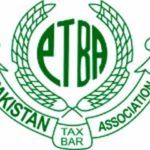KARACHI: Pakistan Customs has announce public auction of used motor vehicles and heavy bikes to be held on April 09, 2019 at Bay West, West Wharf Road, Karachi.
Auction of fresh vehicles under schedule No. 04/ 2019 to be held on April 09, 2019:
01. Nissan Moco Car, Chassis No. MG33S-1434760, year 2014
02. Honda-N car, Chassis No. JGI-1208909, year 2016
03. Toyota Aqua Hybrid Car, Chassis No. NHP10-6492089, year 2016, capacity 1496ml
04. Toyota Passo, Chassis No. M700A-0068740, Year 2017, Capacity 996cc
05. Toyota Aqua Hybrid Car, Chassis No. NHP10-6675744, year 2017, capacity 1496ml
06. Daihatsu Move Car, Chassis No. LA160S-0022740, year 2016, capacity 658cc
07. Honda Vezel Hybrid Car, Chassis No. RU3-1009600, Year 2014
08. Suzuki Alto, Chassis No. HA36S-318639, year 2019-04-07
09. Toyota Prius Hybrid car, chassis no. ZVW50-6057948, capacity 1797ml, year 2016
10. Suzuki Wagon-R, chassis no. NH34-535805, year 2016
11. Suzuki Alto, Chassis No. HA36S-283360, year 2016
12. Toyota Prius Hybrid Car, Chassis No. AVW50-6040670, year 2016, capacity 1797cc
13. Toyota Aqua Hybrid Car, chassis No. NHP10-6489786, year 2016, capacity 1496ml
14. Suzuki Alto Lapin Car, Chassis No. HE33S-114646, year 2015
15. Suzuki Every Wago, Chassis No. DA17W-160902, Year 2018
16. Honda-N WGN Car, Chassis No. JHI-1399120, year 2018, milage 562kms
17. Honda Fit Hybrid Car, Chassis No. GP5-3313188, year 2016
18. Suzuki Every Van, Chassis No. Da64V-827933, year 2013
19. Toyota Aqua Hybrid Car, Chassis No. NHP10-6537080, year 2016, Capacity 1496ml
20. Nissan Dayz Car, Chassis No. B21W-0473466, Year 2017
21. Honda Vezel Hybrid Car, Chassis No. RU3-1129894, year 2016
22. Suzuki Wagon-R Car, Chassis No. MH35S-109600, year 2017
23. Nissan Dayz Roox Car, Chassis No. B21A-0346728, year 2017
24. Daihatsu Hijet Cargo Van, Chassis No. S331V-0119751, year 2014, Capacity 658cc
25. Honda Fit Hybrid Car, Chassis No. GP5-1213366, Year 2016
26. Toyota CH-R Hybrid, Chassis No. ZYX10-2030563, year 2017, capacity 1797ml
27. Daihatsu Mira E:S, Chassis No. La350S-0087051, year 2018, capacity 658cc
28. Toyota Aqua Hybrid Car, Chassis No. NHP10-2545720, year 2016, capacity 1496ml
29. Suzuki Alto Car, Chassis No. HA36S-339803, year 2017, capacity 658cc
30. Daihatsu Move Car, Chassis No. LA160S-0029143, year 2017, capacity 658cc
31. Toyota Voxy Van, Chassis No. ZWR80-0035138, year 2014, capacity 1794ml
32. Suzuk Wagon-R, Chassis No. NH34S-532308
33. Honda Vezel Hybrid, Chassis No. RU3-1202746, year 2016
34. Suzuki Singray Wagon-R, Chassis No. MH44S-509107, Year 2016
35. Suzuki Alto Car, Chassis No. HA36S-367262, year 2017
Auction of leftover vehicles:
01. Suzuki Audi, Chassis No. WAUZZZGAIJ018984, mileage 3664km
02. Suzuki Bandit Car, Chassis No. MA36S-609297, year 2015
03. Toyota Passo Car, Chassis No. M710A-0005138, year 2016, capacity 998cc
04. Toyota Prius Hybrid Car, Chassis No. ZVW41-0037004, year 2016, capacity 1797
05. Toyota Aqua Hybrid Car, Chassis No. NHP10-6360564, year 2014, capacity 1496ml
06. Range Rover Evoque, Chassis No. SALVA2AG70H828587, year 2013
07. Suzuki Lapin Car, Chassis No. HE33S-179190, year 2017
08. Daihatsu Copen Car, Chassis No. LA400K-0007555, year 2014, capacity 658cc
09. Mitsubishi Mirage Car, Chassis No. A03A-0034375, year 2015
10. Daihatsu Move Car, Chassis No. LA150S-0119262
Used motor bikes:
i. New Arctic Cat ATV Bike, Chassis No. RFB14ATV3EK6T0888, year 2014, Capacity 90cc
ii. New Arctic Cat ATV Bike, Casssis No. RFB14ATVXEK6T0905, year 204, capacity 90cc
iii. New Arctic Cat ATV Bike, Chassis No. RFB14ATVXEK6T0919, year 2014, capacity 90cc
iv. New Arctic Cat ATV Bike, Chassis No. RFB14ATV2EK6T0896, year 2014, capacity 90cc
v. New Arctic Cat ATV Bike, Chassis No. RFB14ATV9EK6T0928, year 2014, capacity 90cc
vi. New Arctic Cat ATV Bike, Chassis No. RFB14ATV9EK6T0894, year 2014, capacity 90cc
vii. New Arctic Cat ATV Bike, Chassis No. RFB14ATV3EK6T0910, year 2014, capacity 90cc
viii. New Arctic Cat ATV Bike, Chassis No. RFB14ATV3EK6T0938, year 2014, capacity 90cc






